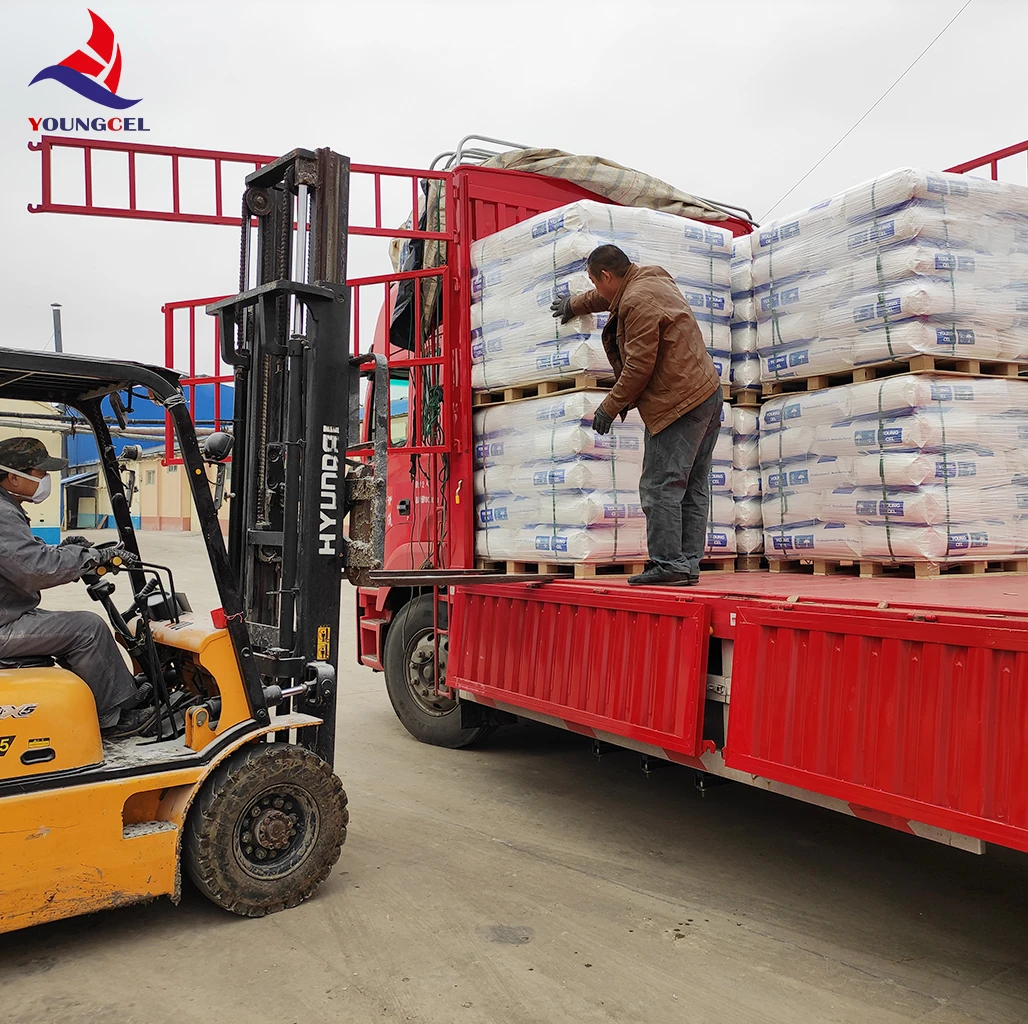Understanding RDP Adhesives Properties, Applications, and Innovations
Introduction
In recent years, the demand for advanced adhesive technologies has surged across various industries. Among these innovations, RDP (Redispersible Polymer Powder) adhesives have gained significant attention due to their unique properties and versatile applications. This article delves into the characteristics, benefits, and uses of RDP adhesives in construction and beyond.
Properties of RDP Adhesives
RDP adhesives are typically composed of various polymers that, once mixed with water, can create a robust adhesive matrix. One of their standout properties is their ability to provide excellent adhesion to a wide range of substrates, including concrete, wood, metal, and ceramics. This versatility makes them ideal for both interior and exterior applications.
Additionally, RDP adhesives are known for their flexibility, which allows for movement between bonded materials without compromising the integrity of the bond. This is particularly beneficial in environments subject to temperature fluctuations and humidity, where materials can expand and contract. Moreover, RDP adhesives contribute to improved workability, making them easier to apply compared to traditional bonding agents.
Benefits of RDP Adhesives
The benefits of using RDP adhesives are manifold. Firstly, they enhance the overall performance of construction materials, providing superior adhesion and durability. This leads to projects that require fewer repairs and maintenance over time, ultimately lowering lifecycle costs.
Secondly, RDP adhesives are water-resistant, making them suitable for applications in wet environments such as bathrooms, kitchens, or outdoor installations. Their resistance to water infiltration also helps to protect underlying materials from mold and degradation.
rdp adhes

Furthermore, RDP adhesives contribute to the sustainability of building projects. Many manufacturers produce these adhesives with eco-friendly practices, reducing harmful emissions and employing recyclable materials. This aligns with the growing emphasis on sustainability within the construction industry.
Applications of RDP Adhesives
RDP adhesives have a wide range of applications across various sectors. In the construction industry, they are predominantly used in tile adhesives, thin-bed mortars, and renders. Their ability to improve bonding strength and flexibility makes them highly sought after for the installation of ceramic tiles, stone slabs, and other flooring solutions.
In addition to construction, RDP adhesives are employed in the manufacturing of composite materials, where they help bond layers of different materials to create stronger, more durable products. This is especially prevalent in industries such as automotive, aerospace, and furniture manufacturing.
Another significant application is in the production of non-woven textiles and coatings, providing crucial bonding between fibers and enhancing the overall quality of the final products.
Innovations in RDP Adhesives
As technology continues to advance, so too does the development of RDP adhesives. Researchers are exploring new polymer formulations that improve performance characteristics, such as increased temperature resistance and enhanced adhesion properties. Additionally, innovations in application methods, such as spray-on adhesives, are being developed to streamline processes and enhance efficiency on job sites.
In conclusion, RDP adhesives represent a significant advancement in adhesive technology, offering superior bonding capabilities and a range of benefits across various sectors. Their versatility, durability, and environmental considerations position them as an ideal choice for modern construction and manufacturing needs. As innovations continue to emerge, the future of RDP adhesives looks promising, paving the way for safer, more efficient, and sustainable building practices.
-
The Application and Significance of Construction RdpNewsMay.19,2025
-
Industrial Grade HpmcNewsMay.19,2025
-
Building Coating Adhesive Building Coating Adhesive HpmcNewsMay.19,2025
-
Application Of Hpmc For Detergent For Detergent In DetergentsNewsMay.19,2025
-
Application Of Hpmc Cellulose In Cement-Based MaterialsNewsMay.19,2025
-
Application Of High Quality Hpmc For Construction In The Field Of ConstructionNewsMay.19,2025




